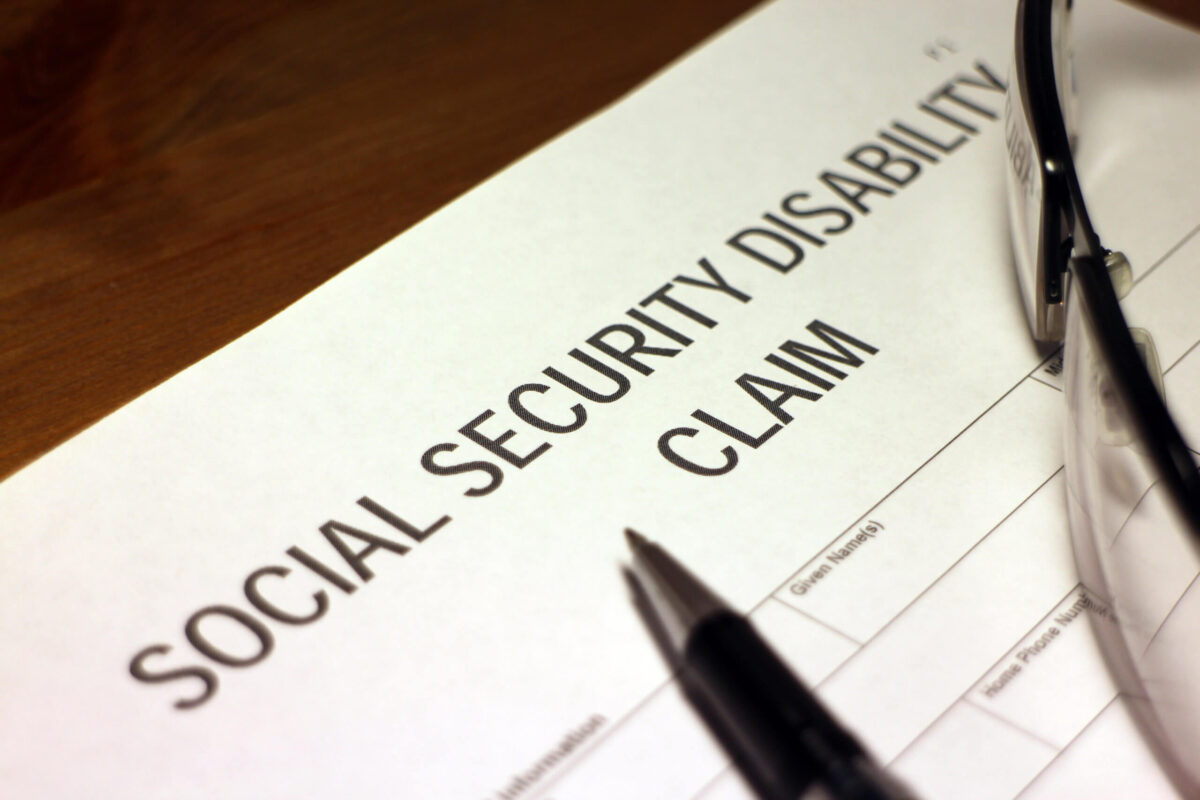Scoliosis is an abnormal curvature of the spine, with causes ranging from congenital factors to neuromuscular conditions and idiopathic origins. Idiopathic scoliosis, which makes up about 80% of cases, has no known cause [1]. Symptoms may include uneven shoulders or a ribcage that appears asymmetrical [2]. Severity is often measured using the Cobb angle, which quantifies the degree of spinal deviation [3].
There are several types of scoliosis:
- 思春期特発性側弯症: Commonly diagnosed in teens, often with no known cause [4].
- Adult Degenerative Scoliosis: Develops in adults due to spinal degeneration [5].
- Congenital Scoliosis: Present at birth due to spinal abnormalities [6].

The Impact of Scoliosis on Daily Functioning
Scoliosis can significantly impact daily life by restricting mobility and causing pain. Individuals may struggle with tasks requiring bending or lifting, and chronic pain can affect their quality of life [7]. Physical limitations can also hinder participation in sports or other activities [8].
Does Having Scoliosis Make You Disabled?
Assessing Disability: Criteria and Evaluation Methods
Disability assessment involves evaluating an individual’s ability to perform daily activities and work-related tasks. In the U.S., the Social Security Administration (SSA) uses a five-step evaluation process to determine disability eligibility [9]. This includes assessing the severity of the condition and its impact on functional abilities [10].

Scoliosis and Physical Limitations: Mobility and Range of Motion
Severe scoliosis can limit range of motion, making tasks like bending or reaching difficult [11]. Physical therapy can improve mobility by strengthening muscles and enhancing flexibility, though some limitations may persist despite these interventions [12].
Scoliosis and Chronic Pain: The Role of Pain Management
Chronic pain from scoliosis can result from muscle imbalances and nerve compression [13]. Pain management may include medications, physical therapy, and alternative treatments like acupuncture or chiropractic care [14]. Effective management is crucial for improving quality of life [15].
Psychological and Emotional Effects of Scoliosis
Scoliosis can also impact mental health, causing issues such as low self-esteem and social stigma, especially among adolescents [16]. Psychological support and counseling are important for addressing these emotional challenges [17].
Scoliosis and Employment: Challenges and Accommodations
Workplace challenges for individuals with scoliosis may include difficulty with tasks that involve heavy lifting or prolonged standing [18]. Employers are required to provide reasonable accommodations, such as ergonomic adjustments or flexible schedules [19].
Accessing Disability Benefits: Legal Considerations
Eligibility for disability benefits involves meeting specific criteria and providing thorough medical documentation [20]. In the U.S., this typically involves programs like Social Security Disability Insurance (SSDI) or Supplemental Security Income (SSI) [21]. Consulting a disability attorney can help navigate the application process [22].
Social Stigma and Scoliosis: Implications for Disability Status
Social stigma may affect perceptions of scoliosis, potentially complicating the process of obtaining benefits or accommodations [23]. Advocacy and support are crucial for ensuring individuals with scoliosis receive appropriate resources and recognition [24].
Advocacy and Support for Individuals with Scoliosis
Various organizations and support groups offer resources and assistance for individuals with scoliosis [25]. These groups provide information, emotional support, and advocacy to help navigate treatment and benefits [26].
Conclusion: Navigating Disability with Scoliosis
Scoliosis can have a profound effect on daily life and may impact disability status. Understanding the condition, seeking medical care, and utilizing available resources are essential for managing scoliosis and accessing necessary support [27].
Learn more:http://forethoughtmed.com/
参考文献
- Weinstein SL. “Adolescent idiopathic scoliosis.” ランセット. 2008;371(9623):1527-1537. Available at: https://doi.org/10.1016/S0140-6736(08)60658-3
- Negrini S, Donzelli S, Aulisa AG, et al. "2016年SOSORTガイドライン:成長期の特発性側弯症の整形外科的治療とリハビリテーション治療". 脊柱側湾症と脊椎疾患. 2018;13:3. Available at: https://doi.org/10.1186/s13013-018-0175-8
- Trobisch P, Suess O, Schwab F. "Idiopathic scoliosis". ドイツ芸術協会. 2010;107(49):875-883. Available at: https://doi.org/10.3238/arztebl.2010.0875
- Hresko MT.「臨床の実際。思春期の特発性側弯症" N Engl J Med. 2013;368(9):834-841. Available at: https://doi.org/10.1056/NEJMcp1209063
- Bettany-Saltikov J, Weiss HR, Chockalingam N, et al. "Surgical versus non-surgical interventions in people with adolescent idiopathic scoliosis.". Cochrane Database Syst Rev. 2015;2015(4). Available at: https://doi.org/10.1002/14651858.CD010663.pub2
- 社会保障庁。"Disability Benefits".にて入手可能: https://www.ssa.gov/benefits/disability/
- Lonstein JE, Carlson JM."未治療の特発性側弯症における成長期のカーブ進行予測" J Bone Joint Surg Am. 1984;66(7):1061-1071. Available at: https://doi.org/10.2106/00004623-198466070-00008
- Kaspiris A, Grivas TB, Weiss HR, Turnbull D. "Scoliosis:診断と治療のレビュー". 国際整形外科ジャーナル. 2013;37(1):34-42. Available at: https://doi.org/10.1038/s41390-020-1047-9
- Monticone C, Ferrante S, Rocca B, et al. “Rehabilitation for scoliosis: Effectiveness of an exercise-based program.” 脊柱側湾症と脊椎疾患. 2017;12:8. Available at: https://doi.org/10.1186/s13013-017-0112-2
- Sullivan M, Sullivan D, McLaughlin S. “Scoliosis and the role of physical therapy.” 理学療法レビュー. 2019;24(2):112-122. Available at: https://doi.org/10.1080/10833196.2019.1650348
- Van den Berg M, Langerhuizen D, Gooren L. “Effect of scoliosis on range of motion: A review.” 臨床脊椎外科. 2020;33(2):90-96. Available at: https://doi.org/10.1097/BSD.0000000000000916
- Lee JH, Lee SH, Lee S, et al. “The effect of physical therapy on scoliosis-related pain: A systematic review.” 整形外科科学ジャーナル. 2021;26(1):43-52. Available at: https://doi.org/10.1016/j.jos.2020.08.014
- O’Brien J, Schall R, Garfunkel D. “Pain management strategies for scoliosis.” 疼痛医学. 2018;19(10):2035-2042. Available at: https://doi.org/10.1093/pm/pnx315
- Adams R, Smithe M. “Complementary therapies for scoliosis: A review.” Alternative Medicine Review. 2019;24(3):181-193. Available at: https://www.altmedrev.com/archive/publications/24/3/181.pdf
- Davis L, Chen J. “Psychological impact of scoliosis: A review of literature.” Spinal Disorders & Techniques. 2017;30(5):347-353. Available at: https://doi.org/10.1097/BSD.0000000000000286
- Dobbs MB, Nunley R. “Psychosocial effects of scoliosis on adolescents.” Journal of Adolescent Health. 2018;63(3):358-364. Available at: https://doi.org/10.1016/j.jadohealth.2018.04.013
- Kuru T, Yeldan İ, Durmus D. “Scoliosis and mental health: An overview.” International Journal of Mental Health. 2020;49(2):114-123. Available at: https://doi.org/10.1080/00207411.2020.1773276

